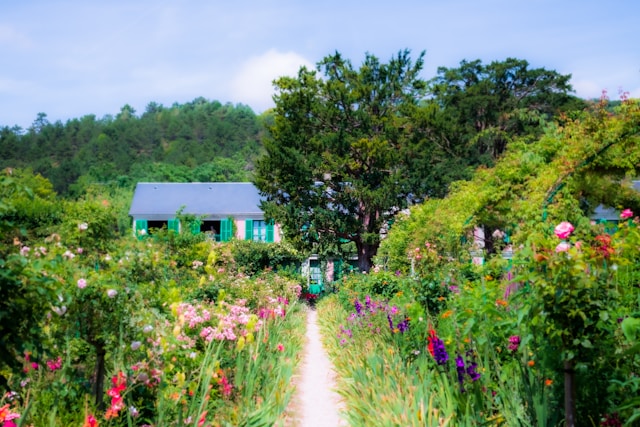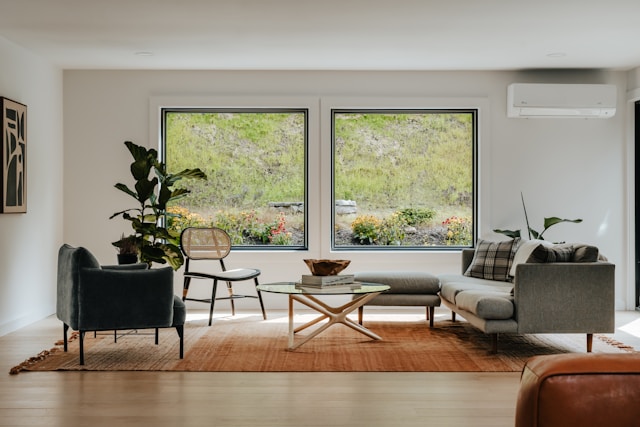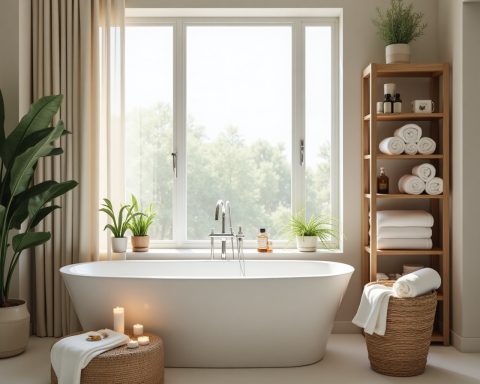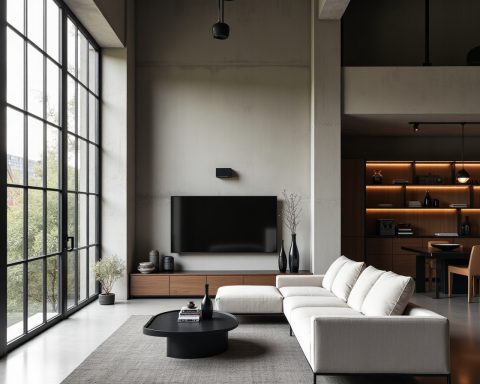A low-maintenance outdoor garden allows you to enjoy the beauty of nature without spending hours on upkeep. Whether you have a busy schedule or simply prefer a fuss-free approach to gardening, there are many ways to design an outdoor space that thrives with minimal effort. In this guide, we will cover everything from choosing the right plants to water-efficient landscaping, helping you create a stunning yet manageable garden.
1. Choose Drought-Resistant and Low-Maintenance Plants
One of the most effective ways to minimize garden upkeep is to select hardy, drought-resistant plants that require little attention. Consider using:
- Succulents and Cacti – These plants store water in their leaves, making them highly drought-tolerant.
- Perennials – Unlike annuals, perennials return each year, reducing the need for replanting. Popular choices include lavender, hostas, and ornamental grasses.
- Native Plants – Plants that are native to your region are already adapted to the climate and soil, meaning they require less watering and fertilization.
- Evergreens – These plants keep their foliage year-round, reducing the need for seasonal replacements.
By choosing plants suited to your climate and soil conditions, you can create a lush and vibrant garden that requires minimal intervention.
2. Use Mulch to Reduce Weeds and Retain Moisture
Applying a thick layer of mulch around your plants not only enhances the aesthetics of your garden but also helps in multiple ways:
- Suppresses weed growth, reducing the time you need to spend pulling them out.
- Retains moisture in the soil, minimizing the need for frequent watering.
- Regulates soil temperature, protecting plants from extreme heat or cold.
- Adds nutrients to the soil as it decomposes.
Organic mulches such as bark, wood chips, or straw are ideal for a natural look, while rubber mulch provides longevity with less decomposition. Mulch also helps prevent soil erosion and improves soil health over time.
3. Opt for Low-Maintenance Ground Cover
Instead of constantly mowing a traditional grass lawn, consider low-maintenance ground covers that require minimal care. Some excellent options include:
- Clover – Stays green all year and requires little to no mowing.
- Creeping Thyme – A fragrant and beautiful alternative that spreads naturally.
- Sedum – A hardy, drought-tolerant ground cover with a variety of textures and colors.
- Artificial Turf – If you prefer a pristine look, synthetic grass eliminates the need for watering, mowing, and fertilizing.
Ground covers are excellent for filling in spaces between stepping stones, covering large areas with minimal effort, and preventing weed growth.
4. Install an Efficient Irrigation System
Watering can be one of the most time-consuming aspects of gardening. To cut down on effort, install an automated irrigation system such as:
- Drip Irrigation – Delivers water directly to plant roots, reducing water waste and preventing weed growth.
- Soaker Hoses – Slowly release water into the soil, ensuring deep hydration with minimal runoff.
- Smart Sprinklers – Use weather-based sensors to adjust watering schedules automatically.
These systems not only save you time but also reduce water consumption, making them an eco-friendly choice.
5. Create a Hardscape for Effortless Beauty
Incorporating hardscape elements into your garden design reduces the need for plant maintenance. Consider adding:
- Stone Pathways – Aesthetically pleasing and eliminates the need for mowing.
- Patios and Decks – Provides functional outdoor space without requiring much upkeep.
- Rock Gardens – Uses decorative stones and drought-resistant plants for a striking yet low-maintenance landscape.
- Raised Beds – Makes gardening easier by reducing weed invasion and improving drainage.
Hardscaping not only enhances the visual appeal of your garden but also reduces labor-intensive maintenance tasks.
6. Group Plants by Watering Needs
To further simplify maintenance, group plants with similar watering needs together. This technique, known as hydrozoning, ensures that plants receive the right amount of water without unnecessary waste. For example:
- Place high-water plants like ferns and hydrangeas in shaded areas where they retain moisture.
- Position drought-tolerant plants in sunny, well-drained locations.
- Use containers for delicate plants that require special attention, making them easier to manage.
Hydrozoning maximizes efficiency and minimizes effort, ensuring a healthier, more sustainable garden.
7. Reduce Pruning with Slow-Growing Shrubs
Pruning can be a tedious task, so opt for slow-growing shrubs that maintain their shape naturally. Some great choices include:
- Boxwood (Buxus) – A compact and dense shrub that requires minimal shaping.
- Dwarf Alberta Spruce – Maintains a neat conical form with little intervention.
- Juniper – Offers year-round greenery with little maintenance.
- Japanese Maple – A beautiful ornamental tree that grows slowly and requires little pruning.
By selecting the right plants, you can significantly reduce the time spent on trimming and shaping your garden.
8. Add Outdoor Furniture and Decor
A low-maintenance garden doesn’t mean sacrificing beauty. Enhance your space with decorative elements that require no upkeep:
- Weather-resistant furniture made of metal, teak, or synthetic materials.
- Solar-powered garden lights that illuminate pathways without the need for electrical wiring.
- Decorative pebbles and sculptures to add interest without adding chores.
- Birdbaths or fountains with self-cleaning or recirculating water features.
By incorporating these elements, you create a welcoming and stylish garden with minimal maintenance.
9. Minimize Pests with Natural Methods
Instead of relying on chemical pesticides, implement natural pest control techniques:
- Attract beneficial insects like ladybugs and praying mantises, which eat harmful pests.
- Plant pest-repellent herbs like basil, mint, and rosemary.
- Use barrier plants such as marigolds to keep bugs away from vegetables and flowers.
- Install birdhouses to encourage birds that eat insects in your garden.
By using eco-friendly pest control methods, you can keep your garden healthy without constant intervention.
10. Choose Durable and Weather-Resistant Materials
To ensure longevity and ease of maintenance, use materials that withstand the elements:
- Metal or composite fencing instead of traditional wood, which requires repainting.
- Concrete or stone pavers instead of wooden decks that need regular sealing.
- Rust-proof garden furniture to avoid weather damage.
Investing in durable materials ensures that your garden stays beautiful with minimal upkeep.
Final Thoughts
Creating a low-maintenance outdoor garden is all about making smart choices that reduce the need for constant care. By choosing the right plants, using mulch, installing efficient irrigation, and incorporating hardscape elements, you can enjoy a lush and beautiful garden without the hassle. Whether you’re looking to save time, water, or effort, these strategies will help you design a garden that practically takes care of itself.









